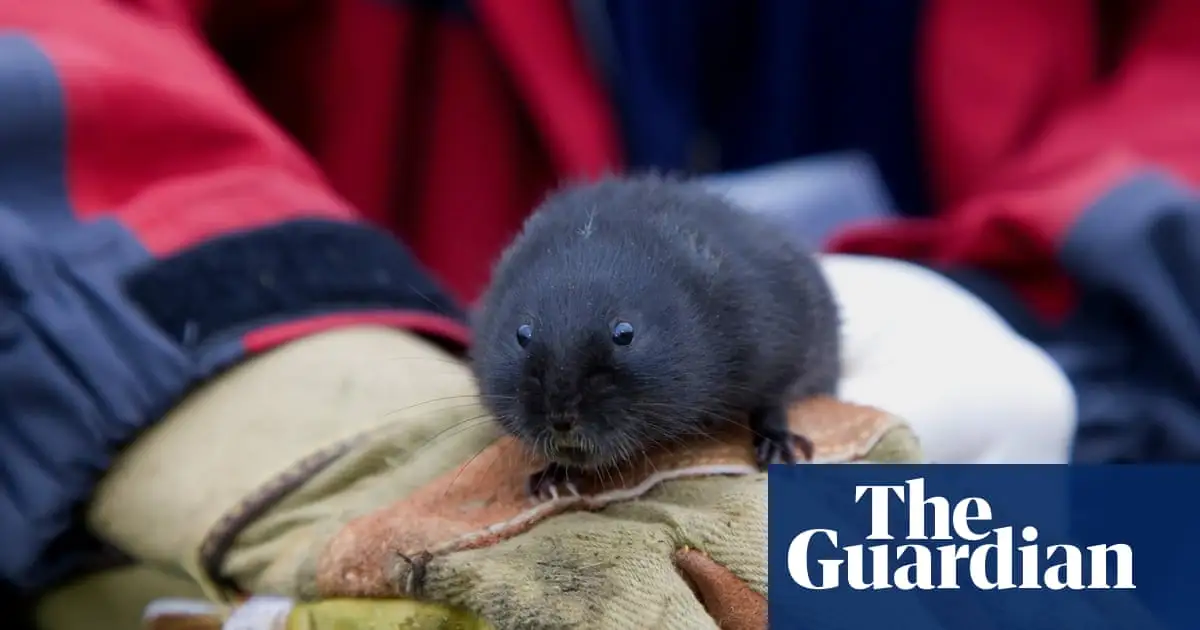Beavers reintroduced to a Scottish rainforest 15 years ago may have created the right habitat for the area’s endangered water voles to flourish.
The voles, once abundant in Scotland but now one of the country’s most threatened native animals, could thrive in the “complex boundary between water and land” that beavers have created in Knapdale in Argyll and Bute since their reintroduction there in 2009.
The beavers’ dam-building in the forest has led to the creation of a new habitat along the banks of watercourses, where water voles can dig burrows hidden from predatory mink.



This is the best summary I could come up with:
Beavers reintroduced to a Scottish rainforest 15 years ago may have created the right habitat for the area’s endangered water voles to flourish.
The voles, once abundant in Scotland but now one of the country’s most threatened native animals, could thrive in the “complex boundary between water and land” that beavers have created in Knapdale in Argyll and Bute since their reintroduction there in 2009.
The beavers’ dam-building in the forest has led to the creation of a new habitat along the banks of watercourses, where water voles can dig burrows hidden from predatory mink.
John Taylor, the west region area wildlife manager for Forestry and Land Scotland (FLS), which manages the Knapdale forests, said: “Aside from flooding a few places, the biggest impact we’ve seen from the beavers is creating a new habitat along watercourses.
“The human creation of wetlands is an extremely costly undertaking and, frankly, we’re not as good at it as beavers.” He added that water voles were themselves “eco-engineers” that could in turn create conditions for wildflowers to flourish.
Their nibbling of sedges and grasses provides space for a greater diversity of wildflowers, while their burrowing shifts soil nutrients to the surface, increasing their accessibility for plant growth.”
The original article contains 384 words, the summary contains 203 words. Saved 47%. I’m a bot and I’m open source!